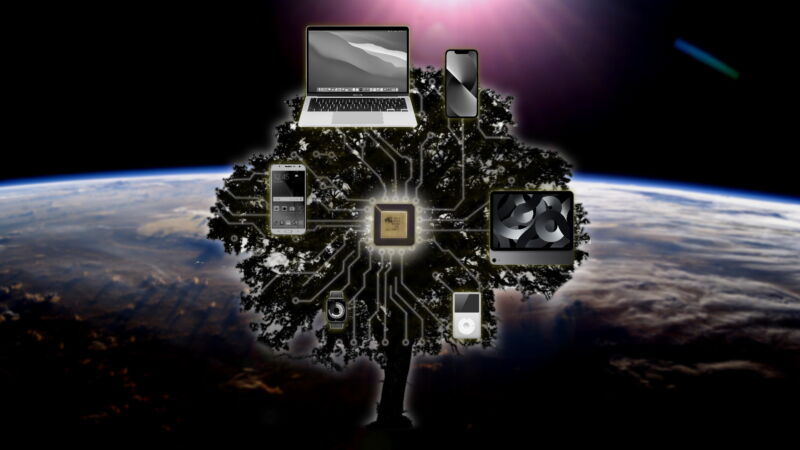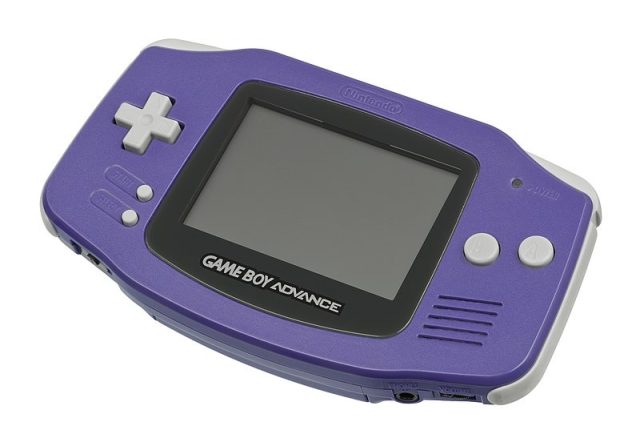
Jeremy Reimer/Waldemar Brandt/NASA
It began, as did many issues within the ARM story, with Apple.
Steve Jobs had returned, triumphantly, to the corporate he had co-founded. The discharge of the colourful gumdrop iMacs in 1998, an settlement with Microsoft, and the sale of Apple’s ARM inventory had introduced the corporate from near-bankruptcy to a stable monetary footing. However Apple’s “iCEO” was nonetheless looking for the subsequent large factor.
Jobs had geared up the iMacs with a brand new connector referred to as FireWire, which enabled quick transfers of video and sound. A file format referred to as MP3 was turning into widespread for pc customers to share music on their computer systems, and firms had already began making moveable MP3 gamers. However these units had tiny quantities of storage, gradual USB 1.0 switch speeds, and horrible software program. Jobs grew to become obsessive about the concept of constructing a participant and devoted nearly all of his time to the venture.
Apple partnered with an organization referred to as PortalPlayer, which had been working by itself participant. The {hardware} used a customized ARM chip, the PP5502. It was a system on a chip with twin ARM7 cores working at 90 MHz with 32MB of onboard reminiscence. The one different massive chip on the motherboard was a FireWire controller. The flexibleness of ARM licensing made it straightforward to design a CPU that had customized circuitry for issues like MP3 decoding.

Elite Out of date Electronics
How straightforward? An acquaintance, Dr. John Sims, informed me the story of one other MP3 participant firm from across the identical time. It took a single engineer simply six months so as to add a Digital Sign Processor (DSP) to the usual ARM design. A rival agency that was constructing chips from scratch slightly than partnering with ARM had 60 engineers, and the venture took 3 times as lengthy.
The iPod shipped in 2001, and after a Home windows-compatible model was launched, the little music participant grew to become the trade commonplace. On the gadget’s peak, over 50 million iPods have been bought annually. Whereas folks have been enamored with its interface, ease of use, and iconic white headphones, most failed to understand that the iPod was really a tiny pc. It had a CPU, reminiscence, a miniature arduous drive, and an working system, and its contact wheel and buttons have been like a bit mouse and keyboard. It even had a bitmap show that would play easy video games.
Talking of video games, ARM’s second large win in 2001 got here within the type of Nintendo’s Recreation Boy Advance. The successor to the unique Recreation Boy, it shipped with a 16.8 MHz ARM7 core with embedded reminiscence. It additionally had a Sharp LR35902 for compatibility with the previous system. Even moveable sport consoles have been making the soar from CISC to RISC chips.

Evan-Amos (Wikipedia)













